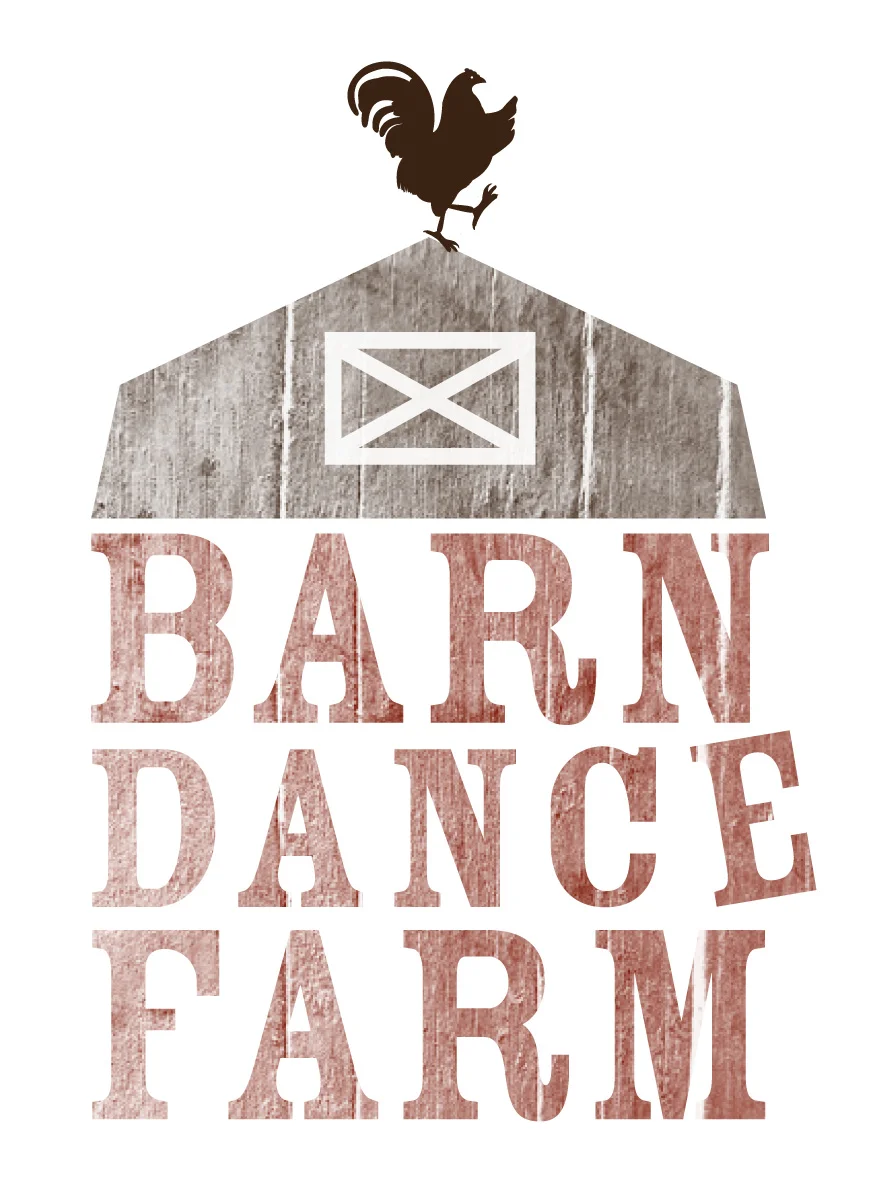Barn Dance Farm Wildflowers
The wildflowers will add variety and visual beauty to the native pasture. There are many more varieties of wildflowers, or forbs, than there are grasses. Wildflowers also have a wide range of costs so I will ultimately decide on the seeding plan based on my pasture budget. Below are a few of the native wildflowers that I am looking to add to the pasture.
Purple prairie clover (Dalea purpurea)
This legume is very valuable in native prairies. It has the ability to fix nitrogen with the help of symbiotic bacteria in the root nodules. This creates a natural fertilizer. These plants are also high in protein and grazing animals find them very palatable. It is often mixed together with white prairie clover.
Black-eyed Susan (Rudbeckia hirta)
This 3 foot tall wildflower is native east of Kansas. It provides cover and food to many song birds and other wildlife. This is a good plant on hillsides as it helps to prevent erosion. It is often planted with many types of native bunchgrasses.
Hoary vervain (Verbena stricta)
This small narrow plant will provide forage for small animals and chickens. It will overtake areas if overgrazed and can be out-competed in vigorous stands of native grasses.
Lead plant (Amorpha canescens)
This 1 to 3 foot shrub is in the pea family. It is a legume that also helps fix the nitrogen. Native Americans used its leaves in tea and smoking to treat a variety of medical conditions.
Tick trefoil (Desmodium canadense)
This is another legume that can add nitrogen to the soil. It is often called showy tick trefoil because of the numerous small pink flowers. The seeds have tiny hairs on them that stick to any animals that brush up against it. This leads to wide distribution.
Blue wild indigo (Baptisia australis)
False indigo
This deep rooted perennial legume can also fix nitrogen. It was also used by Native Americans for medicinal uses in tea as well as a source of blue dye for clothes.
Wild bergamot (Monarda fistulosa)
This showy perennial wildflower resembles pompoms. It is very attractive to wildlife including butterflies, bees and hummingbirds. It is very aromatic and is often described as similar to Earl Grey tea. It also was used extensively by Native Americans for medicinal purposes.
I will continue to research the grasses and wildflowers and soon come up with a complete seeding plan. In upcoming posts I will describe preparing the ground for seeding and the actual seeding process.







